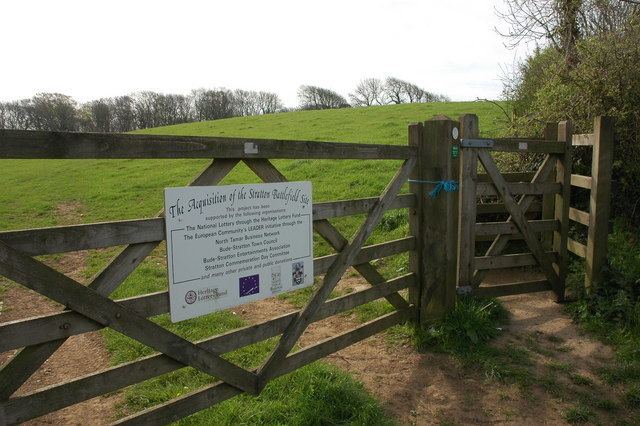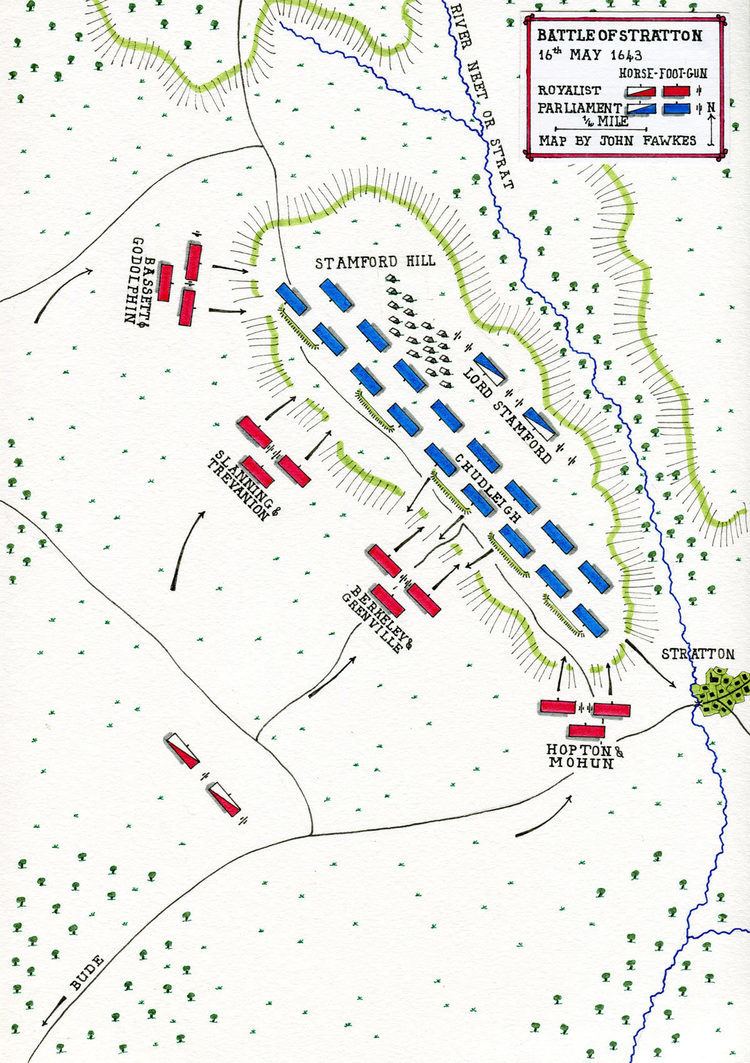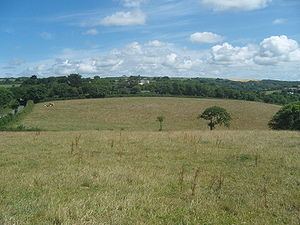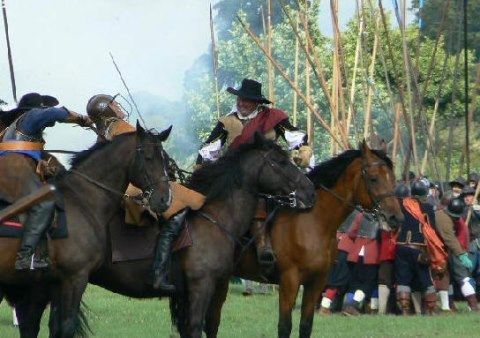Date 16 May 1643 | Result Royalist victory Combatants Cavalier, Roundhead | |
 | ||
2400 foot, 500 horse 5400 foot, 200 horse, 13 guns Similar English Civil War, Battle of Sourton Down, Battle of Braddock Down, Battle of Lostwithiel, Battle of Chalgrove Field | ||
Pike and shot english civil war 01 battle of stratton 1 4
The Battle of Stratton was a battle of the south-western campaign of the First English Civil War. Fought on 16 May 1643, the resulting victory for Hopton confirmed Royalist control of Cornwall and destroyed Parliament's field army in Devon.
Contents
- Pike and shot english civil war 01 battle of stratton 1 4
- Pike and shot english civil war 04 battle of stratton 4 4
- Prelude
- Battle
- Aftermath
- References

Pike and shot english civil war 04 battle of stratton 4 4
Prelude

Discovering that Sir Ralph Hopton was advancing his Cornish Royalists into Somerset to join Prince Maurice, the Earl of Stamford was determined to prevent this. He deployed his army on a hill half a mile to the north of Stratton and waited for Hopton. Previously, on 15 May, Stamford had sent the bulk of his cavalry under Sir George Chudleigh to seize Bodmin. Hopton, despite being outnumbered two to one, decided to take advantage of the lack of Parliamentarian cavalry and attack Stamford.
Battle

Before dawn on 16 May, Hopton divided his army into four columns of 600 men and two cannons, keeping his horse in reserve. Hoping to surprise Stamford's army, these four columns advanced from four different directions around 5:00 a.m. Hopton led the first column from the south, while Major-General Basset attacked from the north and Sir Bevil Grenville and Sir Nicholas Slanning attacked from the west.

The attack lost the element of surprise at the last moment, being discovered by a sentry who roused the Parliamentarian troops. Close action followed for the next eight hours, with determined effort on both sides. With the Royalist troops running short of ammunition, the Parliamentarian pikemen under Major-General James Chudleigh charged Grenville's regiment. Grenville was knocked over and his troops shaken, but Sir John Berkeley's musketeers made a counter-charge that stopped the Parliamentarian momentum and began to push their enemy back up the hill.

Against the odds the Royalist troops began to push forward, and around 3:30 p.m. the Royalist columns met at the top of the hill. On reaching the summit, Hopton released the Royalist cavalry as the Parliamentarians gave way. Stamford's defence crumbled under this pressure and his army fled the field. Three hundred Parliamentarian dead remained on the field, plus seventeen hundred prisoners.
Aftermath
James Chudleigh was taken prisoner. Accused of treason by Stamford, he promptly defected to the Royalists. The Earl of Stamford retreated to Barnstaple and then to Exeter, blaming the defeat on Chudleigh. George Chudleigh abandoned Bodmin with his cavalry and retreated into Devon.
